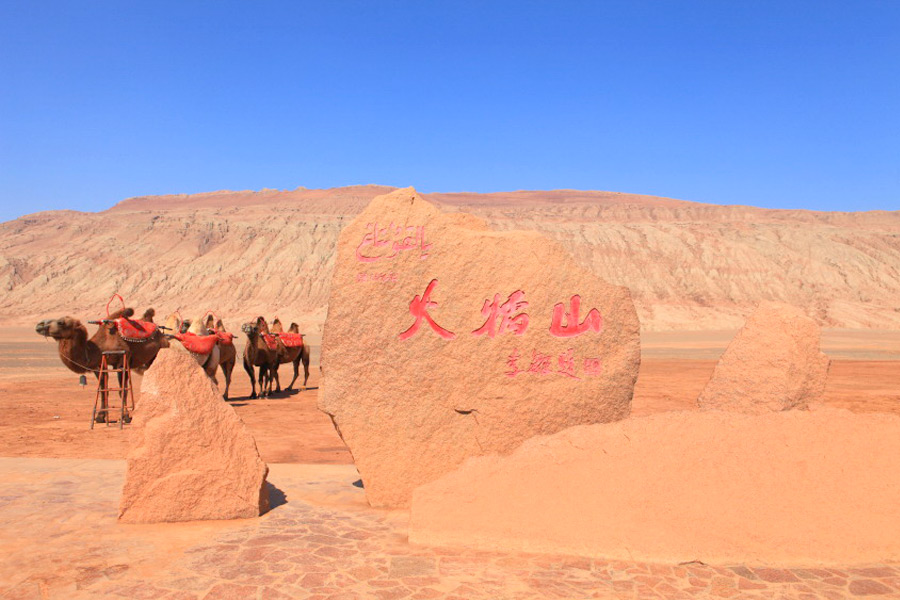
Golden Age of the Silk Road
In the 1st – 3rd centuries AD the Silk Road connected the four most powerful ancient empires – European Roman Empire, the Parthian Empire in the Near and Middle East, the Kushan Empire in the south of Central Asia, Afghanistan and Chinese Hang Empire in the Far East. Although they struggled for the domination over the key points of trade, it was possible for all of them to provide caravan routes stability.
International trade intensified. China received from Central Asia woolen fabrics, carpets, jewelry, lazurites and thoroughbred horses, and exported silk fabrics, iron, nickel, furs, teas, paper, and gunpowder. India exported spices and fragrances. Via Iran Rome imported Chinese silk which was worth its weight in gold there. Via Khoresm caravans went to Eastern Europe.
The main road passed through Dunhuan, Khami, Turfan, Kashgar, Uzgen, Osh, Khiva, Andizhan, Kokand, Samarkand, Bukhara and Merv. In Merv (now Mary in Turkmenistan) the Silk Road split. One branch went via Khoresm to Volga, to Eastern Europe. That made it possible to deliver goods China, India, Central Asia to Russia: Kiev, Novgorod, and later –Moscow. Another branch went via Balkh and the lands of modern Afghanistan to India. The third went to Bagdad and further to the Mediterranean Sea. There the goods were loaded on ships and delivered to Egypt, Byzantium, and Italy.
However, the political situation changed. Only Byzantium left from the Roman Empire, the Parthian Empire was replaced by the state of Sassanids, the Kushan and Hang empires broke up into a number of states conflicting with each other. The break in the functioning of the Silk Road lasted until the 6th century when new strong regional powers started to appear in Eurasia.

